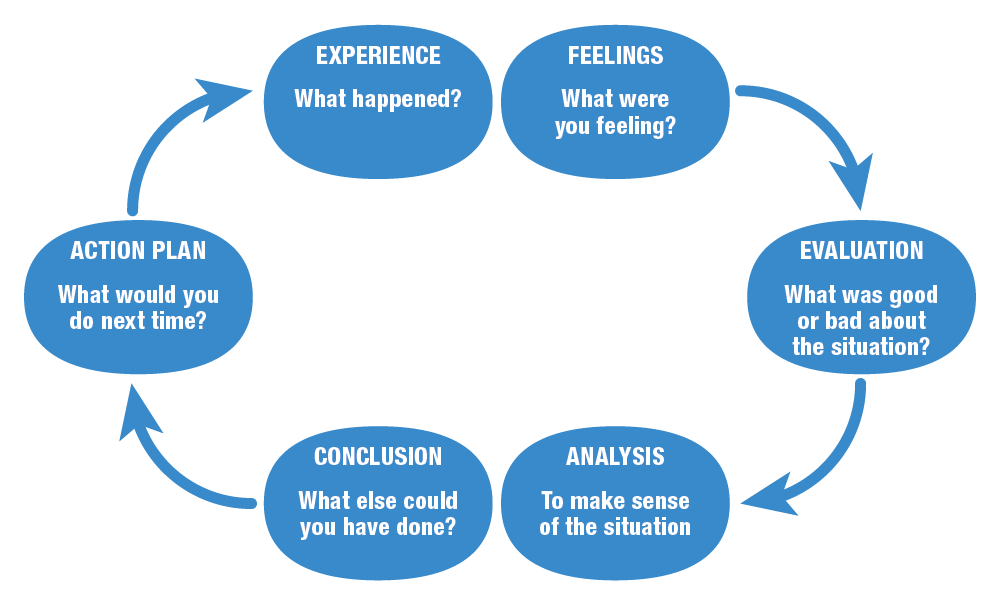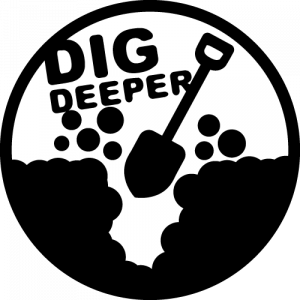3.5 Gibb’s Reflective Cycle

This model builds on the others and adds more stages. It is one of the more complex models of reflection but it may be that you find having multiple stages of the process to guide you reassuring. Gibb’s cycle (1998) contains six stages:
- Experience
- Feelings
- Evaluation
- Analysis
- Conclusion
- Action plan
As with other models, Gibb’s begins with an outline of the experience being reflected on. It then encourages us to focus on our feelings about the experience, both during it and after. The next step involves evaluating the experience – what was good or bad about it from our point of view? We can then use this evaluation to analyze the situation and try to make sense of it. This analysis will result in a conclusion about what other actions (if any) we could have taken to reach a different outcome. The final stage involves building an action plan of steps which we can take the next time we find ourselves in a similar situation.

Video: Gibb’s Reflective Cycle for Self Development
Learn more about Gibb’s Reflective Cycle for Self Development by watching the video by Alan Jones [4:42] below.
Dig Deeper
- Learning as Reflective” through First Peoples Principles of Learning
- Reflective Practice Toolkit – LibGuides at University of Cambridge Subject Libraries
- Reflective Practice – LibGuides at Dundalk Institute of Technology
- The effects of regular reflective writing on early childhood educators effectiveness in the workplace by Sheryl Third

